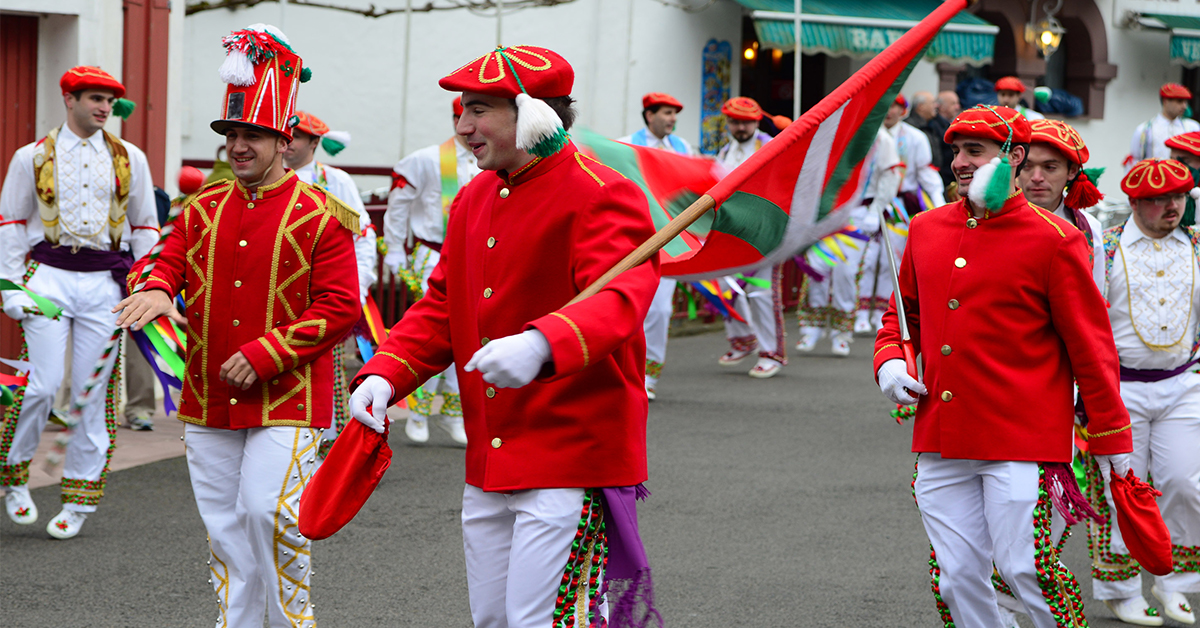Archives
Summer is prime time for the celebration of patron saint festivities, along with local festivals in neighbourhoods and at hermitages. In the old days, and until just a few decades ago, such events would be customarily organized by informal groups of youth.
As a matter of fact, we would like to take this opportunity to recall a tradition, once common in many localities of Bizkaia but which disappeared during the civil war: namely, that of the so-called zaragi-mutilak ‘lads of the wineskin’. Indeed, a group of youth, known as eskota in the region of Uribealdea, would share the cost of a full wineskin for drinking and feasting. Most notably observed in the municipality of Mungia, particularly in the neighbourhoods of Atxuri, Belako, Billela, Elgezabal, Iturribaltzaga, Laukariz, Markaida and Trobika, the custom persisted until the mid-20th century. Practically lost today, barely survives, being partly maintained, only in the neighbourhoods of Atxuri and Trobika. (more…)




